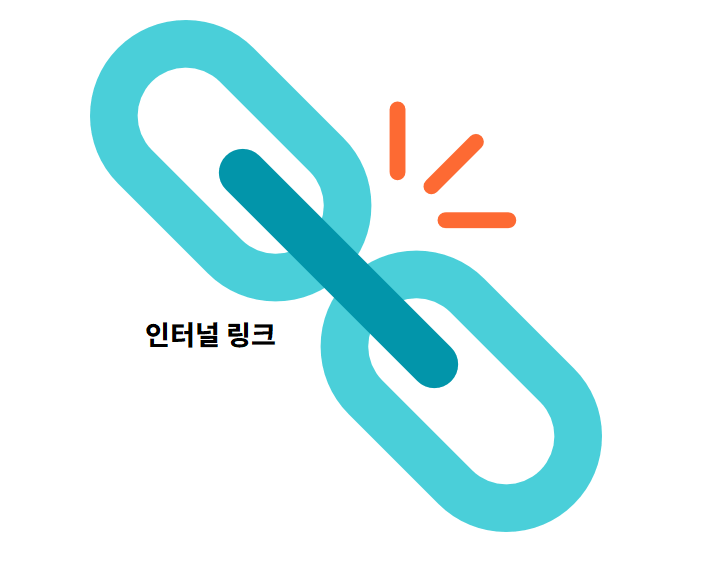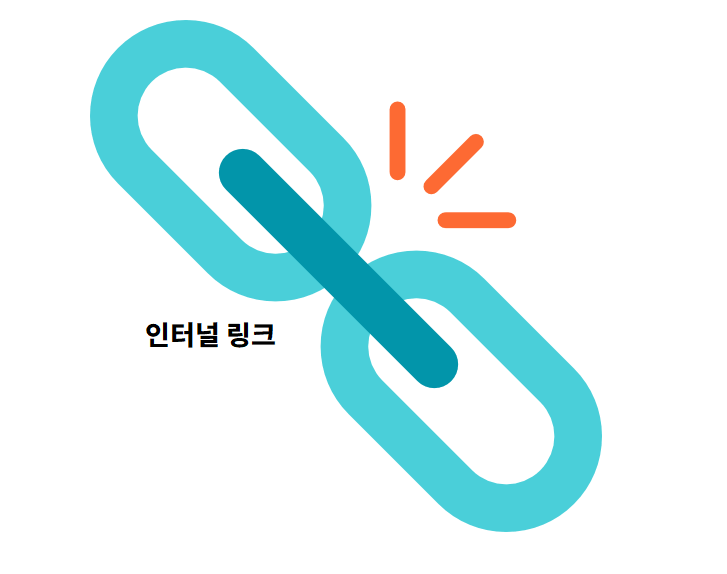인터널 링크, often referred to as “인터널 링크” in the world of SEO, are a fundamental aspect of website optimization that can significantly impact your site’s user experience and search engine rankings. In this comprehensive guide, we will delve into the intricacies of creating and utilizing 인터널 링크 effectively to enhance your website’s usability and SEO performance.
Defining the Purpose of 인터널 링크
Before we embark on our journey into the realm of internal linking, it’s essential to understand their primary purposes:
- Improved User Usability
One of the primary functions of 인터널 링크 is to enhance user experience. When strategically placed, these links help users effortlessly navigate through your website, making it easier for them to find relevant information or access specific pages. This increased ease of use can lead to extended user sessions, reduced bounce rates, and ultimately, improved conversion rates. - Enhanced SEO Performance
In the ever-competitive landscape of search engine optimization (SEO), 인터널 링크 play a vital role in conveying the structure and hierarchy of your website’s content to search engines. This helps search engines better understand your site’s architecture and the relationships between different pages. By doing so, you can optimize your website for search engine algorithms and improve your chances of ranking higher on search engine results pages (SERPs).

Crafting Effective 인터널 링크
Now that we’ve established the importance of 인터널 링크 let’s explore how to create them effectively:
- Relevant Anchor Text
The anchor text, or the clickable text of the link, should be descriptive and relevant to the destination page. Instead of using generic phrases like “click here” or “learn more,” opt for specific keywords that accurately reflect the content of the linked page. For example, if you’re linking to a page about digital marketing strategies, use anchor text like “effective digital marketing techniques” to provide context and improve SEO. - Contextual Link Placement
Strategically place 인터널 링크 within the content where they naturally fit. Avoid overloading a page with too many links, as this can be overwhelming for users. Instead, focus on providing links that enhance the reader’s understanding of the topic or guide them to related content. This not only improves user experience but also signals to search engines the relevance of linked pages. - Maintain a Hierarchical Structure
Organize your 인터널 링크 in a hierarchical manner that reflects the structure of your website. Use main navigation menus, sidebar links, and in-content links to create a clear hierarchy. This helps users and search engines understand the importance and relationships between different pages on your site. - Regularly Update and Audit Links
As your website evolves, so should your internal linking strategy. Regularly audit your 인터널 링크 to ensure they remain relevant and functional. Broken or outdated links can harm user experience and SEO rankings. Consider using tools like Google Search Console to identify and fix any broken links promptly. - Monitor User Behavior
Pay attention to user behavior on your website through analytics tools. Track which 인터널 링크 are being clicked the most and which pages are experiencing higher engagement. This data can help you refine your internal linking strategy further and direct users to your most valuable content effectively.
Conclusion
In conclusion, mastering the art of internal linking is essential for both improving user experience and boosting your website’s SEO performance. By providing users with easy access to relevant content and guiding search engines through your site’s structure, you can increase your chances of outranking competitors on Google and other search engines.
